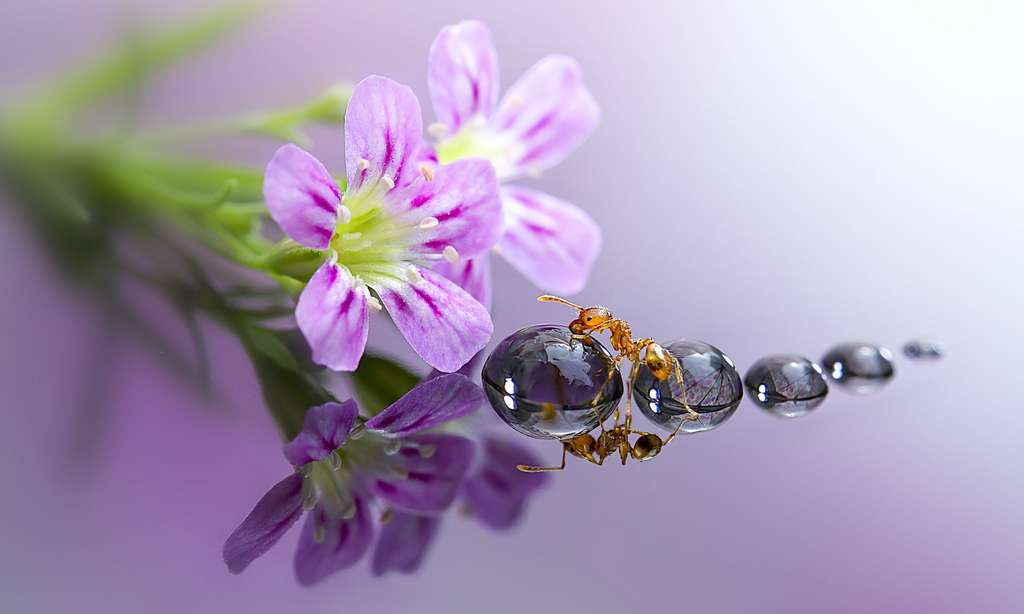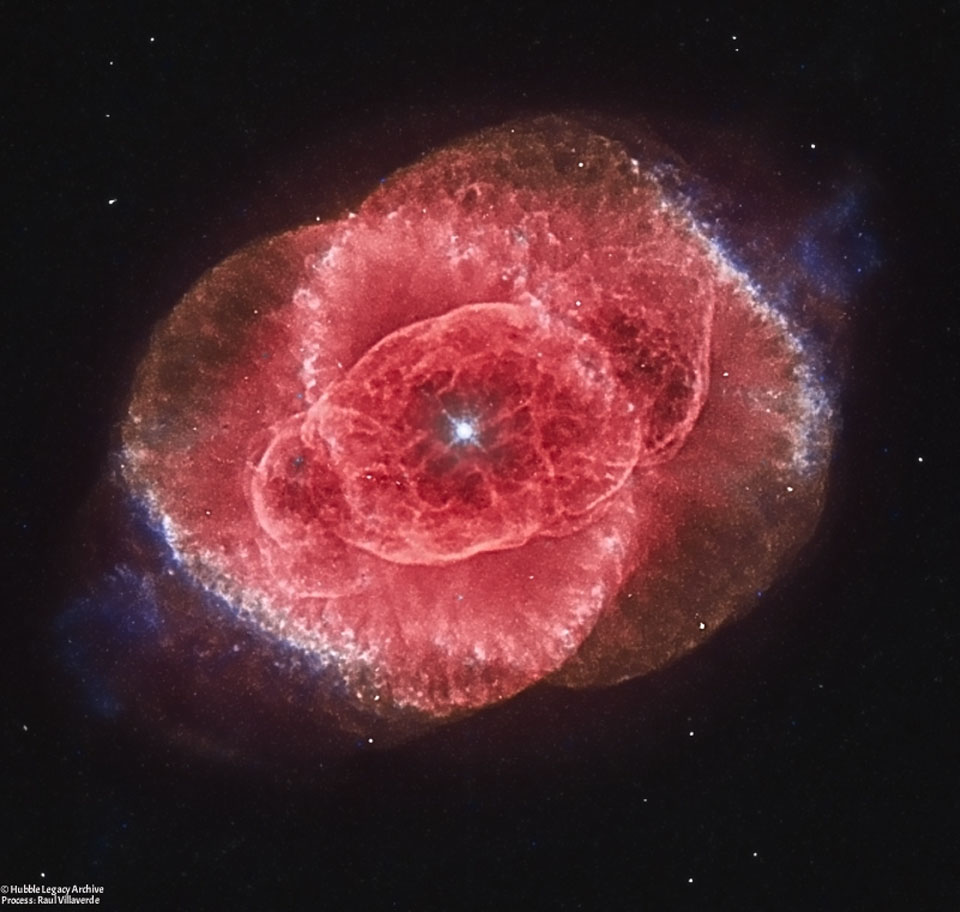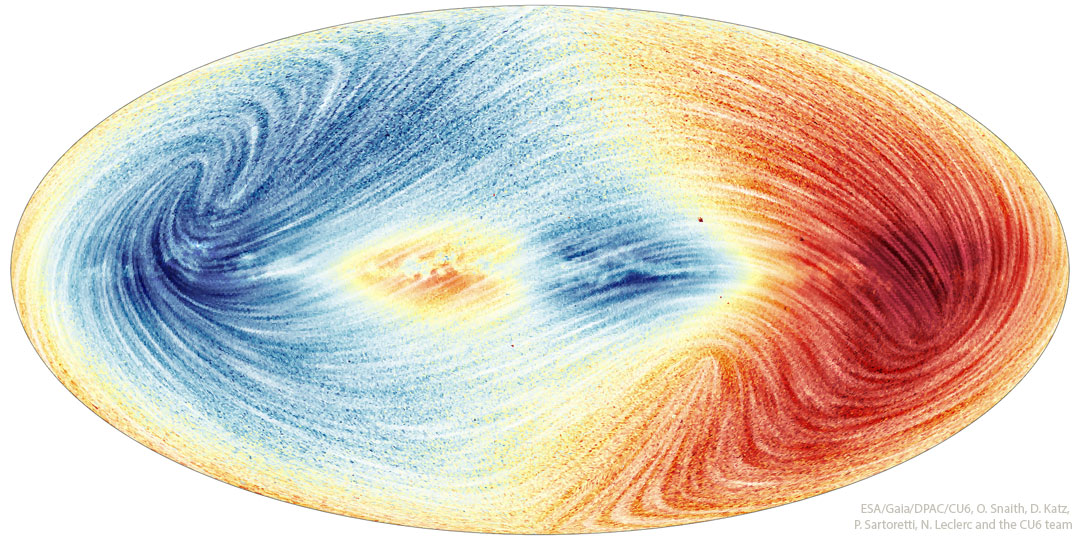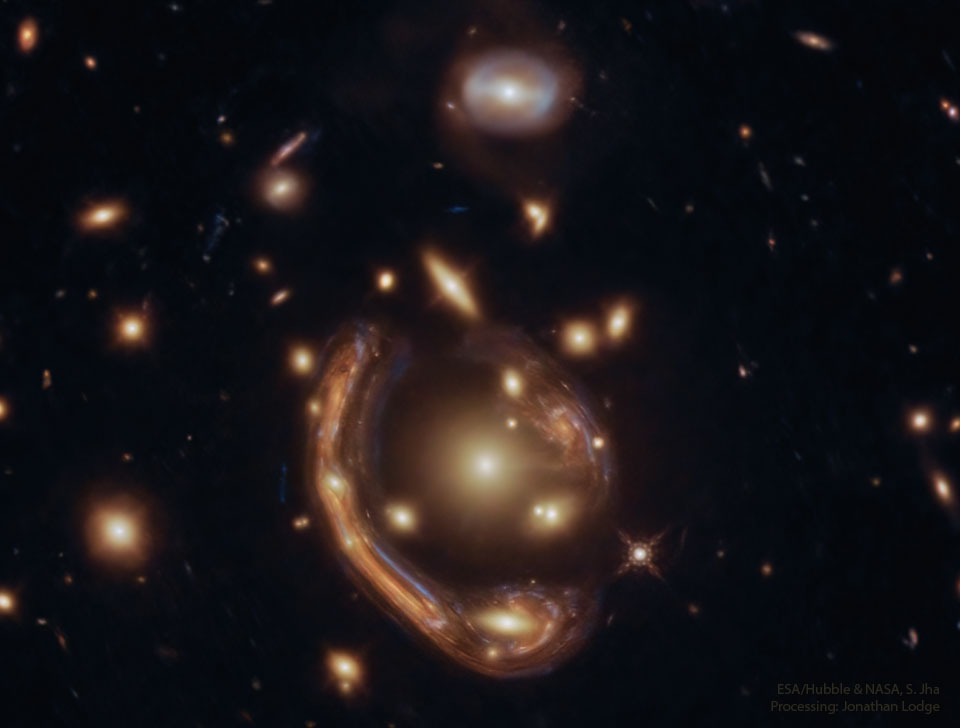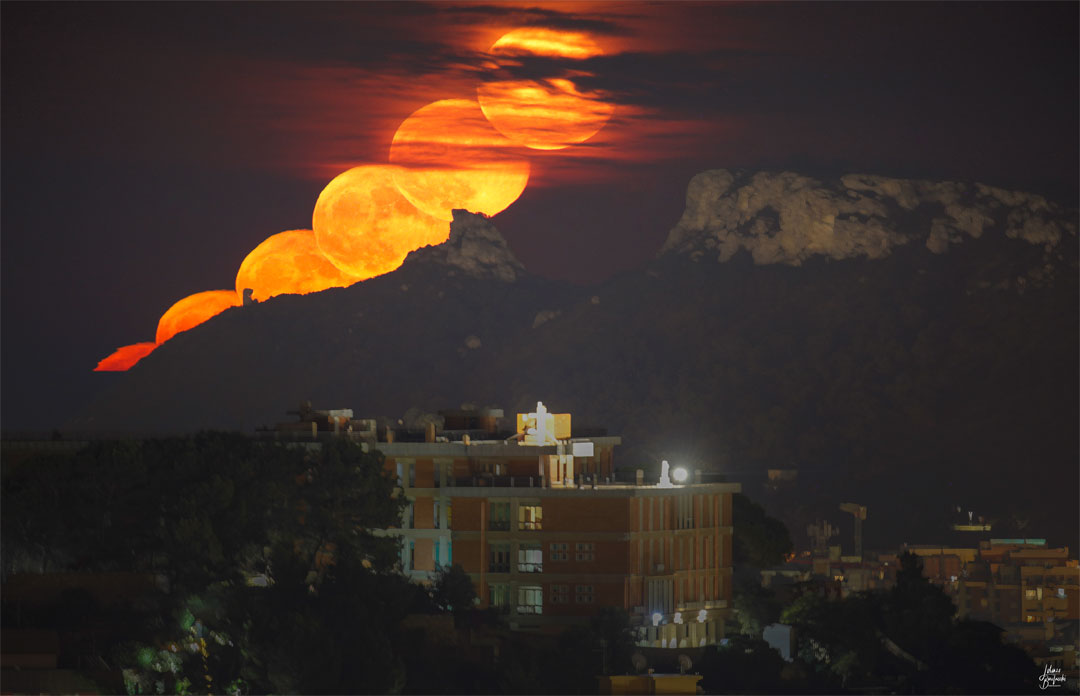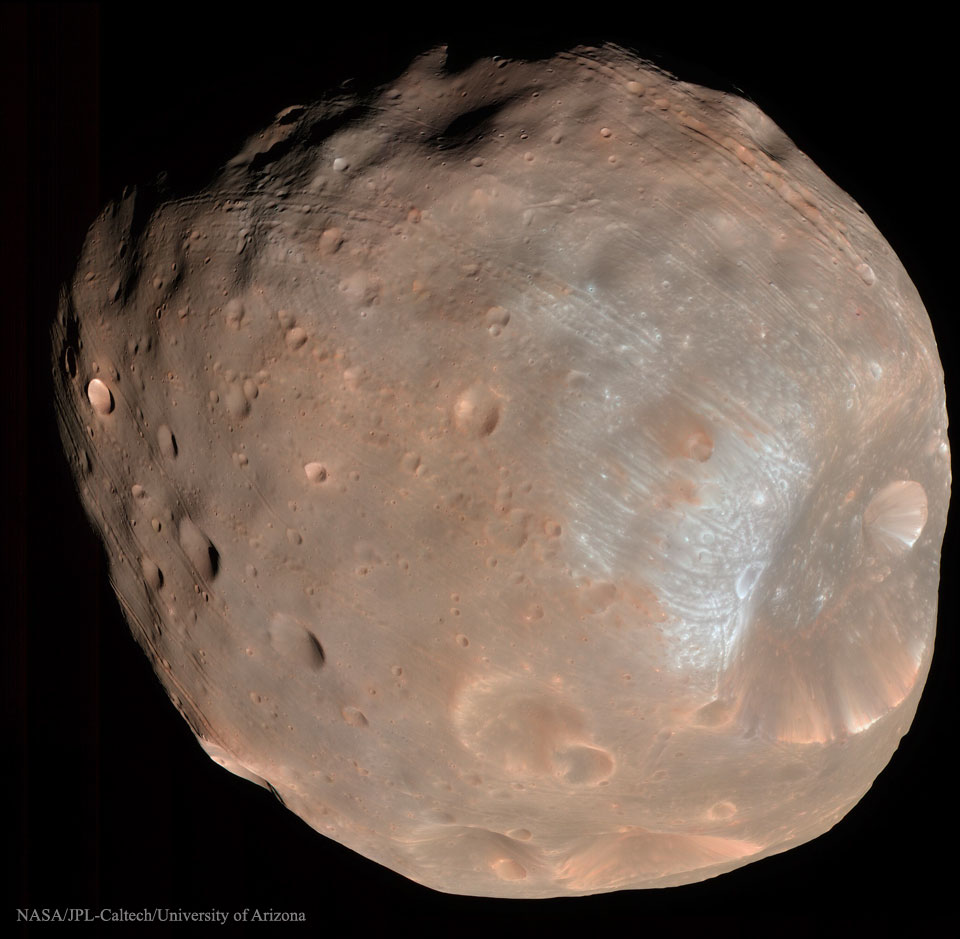© Mika Asai
Nombre total de pages vues
10/07/2022
MACROPHOTOGRAPHIE - le monde mystérieux et raffiné de Miki Asai - Quand une fourmi prend la pose
ASTRONOMY - In the Center of the Cat's Eye Nebula
Credit: NASA, ESA, Hubble, HLA; Reprocessing & Copyright: Raul Villaverde
Explanation: Three thousand light-years away, a dying star throws off shells of glowing gas. This image from the Hubble Space Telescope reveals the Cat's Eye Nebula (NGC 6543), to be one of the most complex planetary nebulae known. Spanning half a light-year, the features seen in the Cat's Eye are so complex that astronomers suspect the bright central object may actually be a binary star system. The term planetary nebula, used to describe this general class of objects, is misleading. Although these objects may appear round and planet-like in small telescopes, high resolution images with large telescopes reveal them to be stars surrounded by cocoons of gas blown off in the late stages of stellar evolution. Gazing into this Cat's Eye, astronomers may well be seeing more than detailed structure, they may be seeing the fate of our Sun, destined to enter its own planetary nebula phase of evolution ... in about 5 billion years.
SANTé/MEDECINE - Le lourd secret des salades en sachet
08/07/2022
ASTRONOMY - Roots on a Rotating Planet
Image Credit & Copyright: Marcella Giulia Pace
Explanation: With roots on a rotating planet, an old tree is centered in this sequence of 137 exposures each 20 seconds long, recorded one night from northern Sicily. Digital camera and fisheye lens were fixed to a tripod to capture the dramatic timelapse, so the stars trailed through the region's dark sky. Of course that makes it easy to spot the planet's north celestial pole. The extension of Earth's axis of rotation into space is toward the upper left, at the center of the concentric star trail arcs. The Milky Way is there too. The plane of our galaxy stretches across the wide field of view from north to east (left to right) creating a broader luminous band of diffuse starlight.
07/07/2022
ASTRONOMY - The NGC 6914 Complex
Image Credit & Copyright: Giorgio Ferrari
Explanation: A study in contrasts, this colorful skyscape features stars, dust, and glowing gas in the vicinity of NGC 6914. The interstellar complex of nebulae lies some 6,000 light-years away, toward the high-flying northern constellation Cygnus and the plane of our Milky Way Galaxy. Obscuring interstellar dust clouds appear in silhouette while reddish hydrogen emission nebulae, along with the dusty blue reflection nebulae, fill the cosmic canvas. Ultraviolet radiation from the massive, hot, young stars of the extensive Cygnus OB2 association ionize the region's atomic hydrogen gas, producing the characteristic red glow as protons and electrons recombine. Embedded Cygnus OB2 stars also provide the blue starlight strongly reflected by the dust clouds. The over 1 degree wide telescopic field of view spans about 100 light-years at the estimated distance of NGC 6914.
06/07/2022
ASTRONOMY - Milky Way Motion in 3D from Gaia
2022 July 6
Credit & License: ESA, Gaia, DPAC; Text: Ata Sarajedini (Florida Atlantic U., Astronomy Minute podcast)
Explanation: Our sky is alive with the streams of stars. The motions of 26 million Milky Way stars are evident in the featured map constructed from recent data taken by ESA's Gaia satellite. Stars colored blue are moving toward us, while red indicates away. Lines depict the motion of the stars across the sky. The large blue on the left and red areas on the map's right give the overall impression that stars in the Milky Way are rotating around the center. However, there is a region near the middle -- caused by our own Sun's motion relative to a rigidly-rotating central Galactic bar -- that seems to reverse it. Understanding details about the motion of stars is helping humanity to better understand the complex history of our Milky Way galaxy and the origin of our Sun.
05/07/2022
ASTRONOMY - A Molten Galaxy Einstein Ring
2022 July 5
Image Credit: ESA/Hubble & NASA, S. Jha; Processing: Jonathan Lodge
Explanation: It is difficult to hide a galaxy behind a cluster of galaxies. The closer cluster's gravity will act like a huge lens, pulling images of the distant galaxy around the sides and greatly distorting them. This is just the case observed in the featured image recently re-processed image from the Hubble Space Telescope. The cluster GAL-CLUS-022058c is composed of many galaxies and is lensing the image of a yellow-red background galaxy into arcs seen around the image center. Dubbed a molten Einstein ring for its unusual shape, four images of the same background galaxy have been identified. Typically, a foreground galaxy cluster can only create such smooth arcs if most of its mass is smoothly distributed -- and therefore not concentrated in the cluster galaxies visible. Analyzing the positions of these gravitational arcs gives astronomers a method to estimate the dark matter distribution in galaxy clusters, as well as infer when the stars in these early galaxies began to form.
04/07/2022
MERVEILLEUX MONDE SOUS-MARIN - La danseuse espagnole, le plus grand nudibranche au monde
Danseuse espagnole (Hexabranchus sanguineus).
C'est le plus grand nudibranche que l'on puisse trouver. Sa taille peut dépasser les trente centimètres pour 2 kilos. Sa coloration varie du rouge vif à un blanc moucheté. C'est une espèce assez commune de la mer Rouge au Pacifique. Elle se nourrit en broutant des éponges ou des ascidies.
© Alexis Rosenfeld - FuturaSciences
ASTRONOMY - Strawberry Supermoon Over Devil's Saddle
2022 July 4
Image Credit & Copyright: Lorenzo Busilacchi
Explanation: Near the horizon the full moon often seems to loom large, swollen in appearance by the famous Moon illusion. But time-lapse image sequences demonstrate that the Moon's angular size doesn't really change as it rises or sets. Its color does, though. Recording a frame about every 60 seconds, this image also shows how red the Sun can look while low on the horizon. The featured montage was taken from Cagliari, Sardinia, Italy, the day after June's Strawberry Moon, a full moon dubbed a supermoon due to its slightly larger-than-usual angular size. This Strawberry Supermoon is seen rising behind the Devil's Saddle, a mountain named for the unusual moon-sized dip seen just to the right of the rising moon. A shrinking line-of-sight through planet Earth's dense and dusty atmosphere shifted the moonlight from strawberry red through honey-colored and paler yellowish hues. That change seems appropriate for a northern June Full Moon also known as the Strawberry or Honey Moon. A Thunder Supermoon -- the third of four supermoons in 2022 -- will occur later this month.
03/07/2022
ASTRONOMY - Phobos: Doomed Moon of Mars
2022 July 3
Image Credit: HiRISE, MRO, LPL (U. Arizona), NASA
Explanation: This moon is doomed. Mars, the red planet named for the Roman god of war, has two tiny moons, Phobos and Deimos, whose names are derived from the Greek for Fear and Panic. These martian moons may well be captured asteroids originating in the main asteroid belt between Mars and Jupiter or perhaps from even more distant reaches of our Solar System. The larger moon, Phobos, is indeed seen to be a cratered, asteroid-like object in this stunning color image from the robotic Mars Reconnaissance Orbiter, with objects as small as 10 meters visible. But Phobos orbits so close to Mars - about 5,800 kilometers above the surface compared to 400,000 kilometers for our Moon - that gravitational tidal forces are dragging it down. In perhaps 50 million years, Phobos is expected to disintegrate into a ring of debris.
ASTRONOMY - Earth During a Powerful Solar Storm
2025 september 15 Earth During a Powerful Solar Storm Video Credit: NASA 's SVS , SWRC , CCMC , SWMF ; T. Bridgeman et al. Expla...
-
2022 September 26 All the Water on Planet Earth Illustration Credit: Jack Cook, Adam Nieman, Woods Hole Oceanographic Institution ; Data ...
-
2021 August 11 Mammatus Clouds over Saskatchewan Image Credit & Copyright: Michael F Johnston Explanation: When do cloud bottoms appe...
